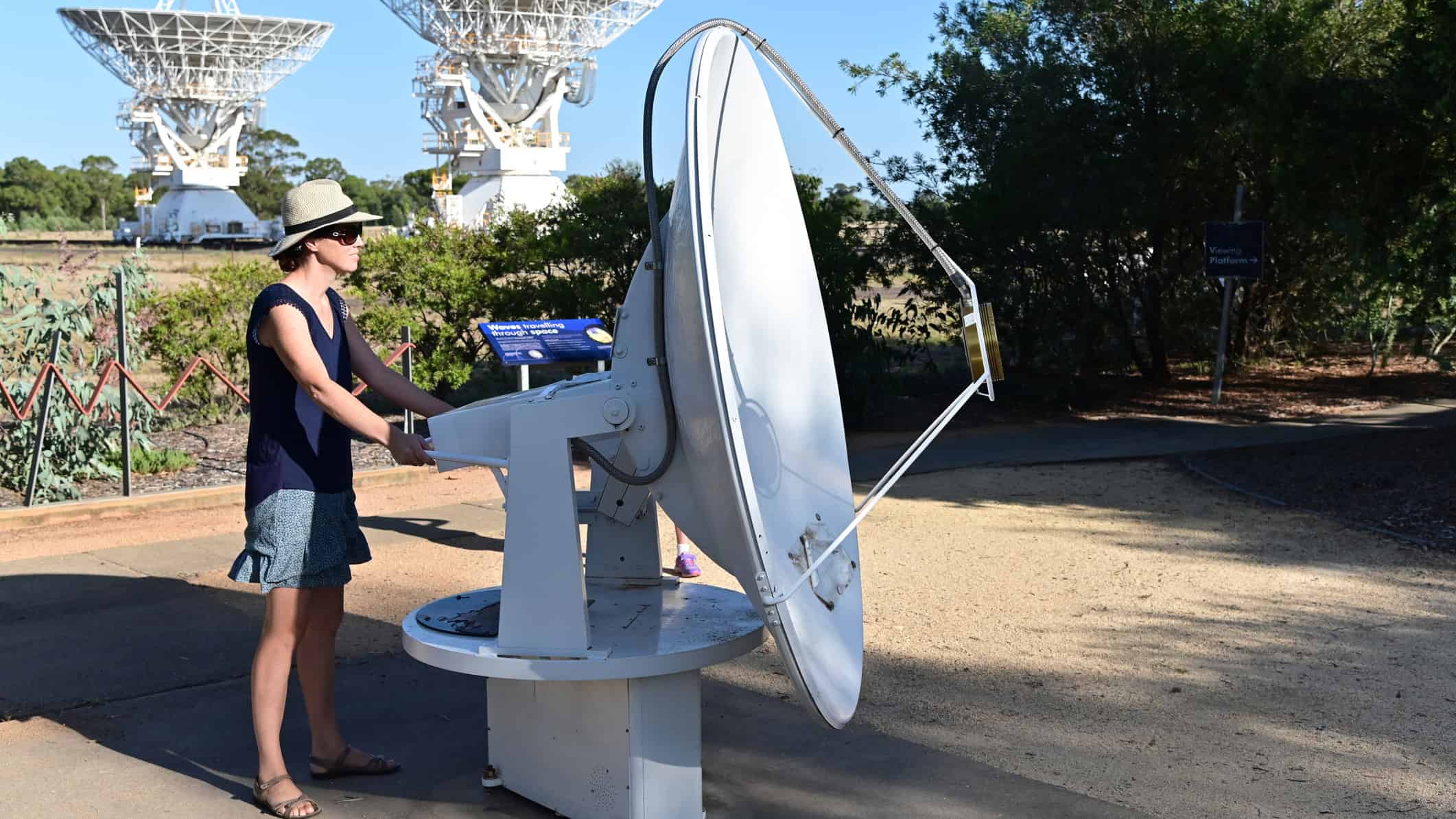
In the latest Physics World Stories podcast, astrophysicist Emma Chapman is in conversation with host Andrew Glester about the history of radio astronomy. It’s a field that has always maintained a do-it-yourself ethic, with valuable contributions from people outside the established academic community.
Chapman, an astrophysicist at the University of Nottingham in the UK is the author of the popular-science book First Light: Switching on Stars at the Dawn of Time. Alongside her research, Chapman regularly visits amateur radio astronomy clubs and admires the technical expertise she encounters among members.
Cold War boom
Using much of the same technology as radar, radio astronomy evolved rapidly in the post-war period and took on strategic importance during the Space Race. Indeed, the Lovell Telescope at the Jodrell Bank observatory in northern England was the only facility in the Western world that could track Sputnik 1, launched by the Soviet Union in 1957.
One reason that radio astronomy attracts public interest is that its facilities are ground-based: they’re tangible and accessible. Sites such as the Arecibo Observatory in Puerto Rico have iconic status in popular culture. That status looks set to grow thanks to the SKA Observatory being constructed at sites across Australia and South Africa – a truly global project, epic in scale.
Chapman is the author of an upcoming feature in Physics World about how the craft of doing radio astronomy has evolved since its origins.
- SEO Powered Content & PR Distribution. Get Amplified Today.
- PlatoData.Network Vertical Generative Ai. Empower Yourself. Access Here.
- PlatoAiStream. Web3 Intelligence. Knowledge Amplified. Access Here.
- PlatoESG. Carbon, CleanTech, Energy, Environment, Solar, Waste Management. Access Here.
- PlatoHealth. Biotech and Clinical Trials Intelligence. Access Here.
- Source: https://physicsworld.com/a/radio-pioneers-the-enduring-role-of-amateurs-in-radio-astronomy/



